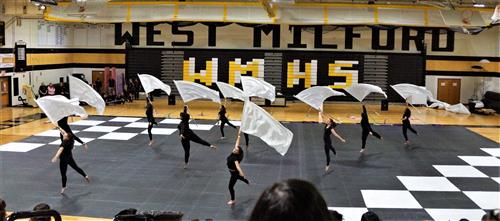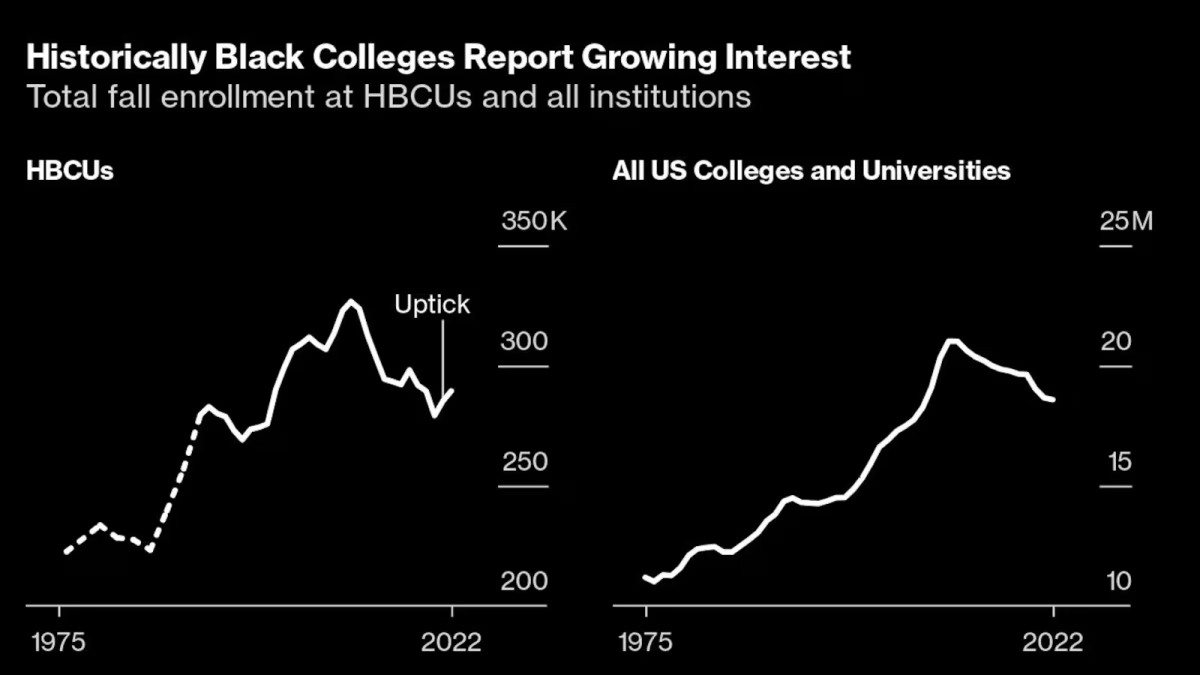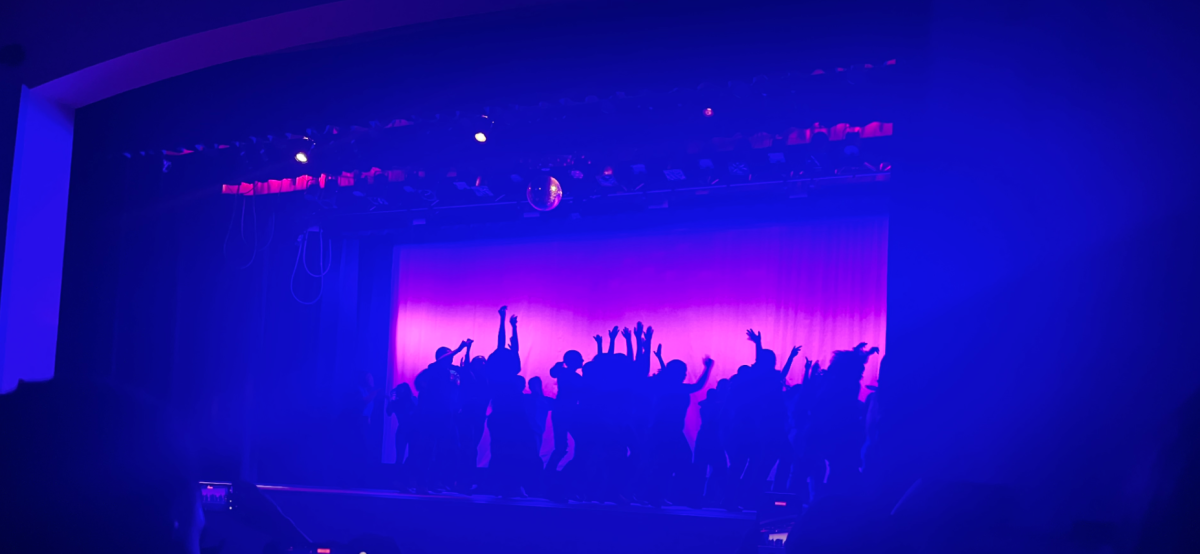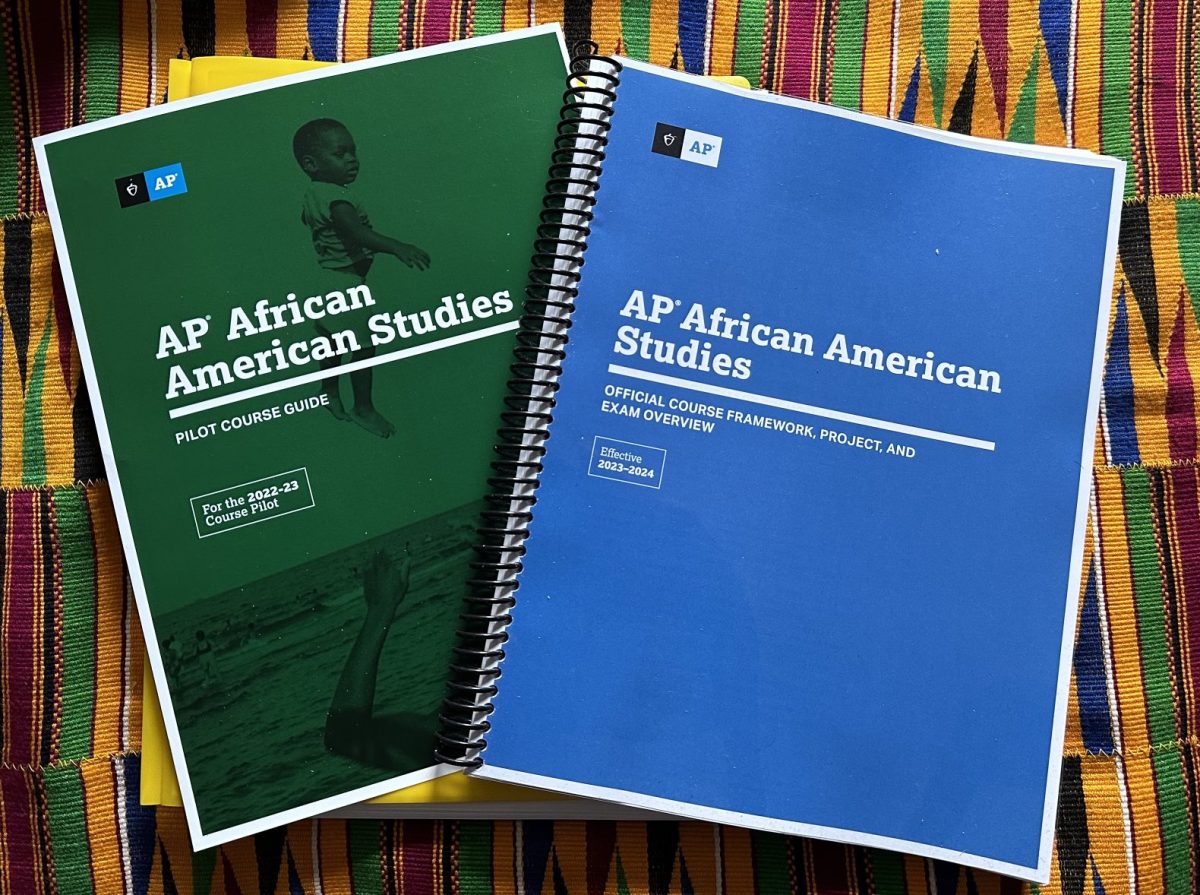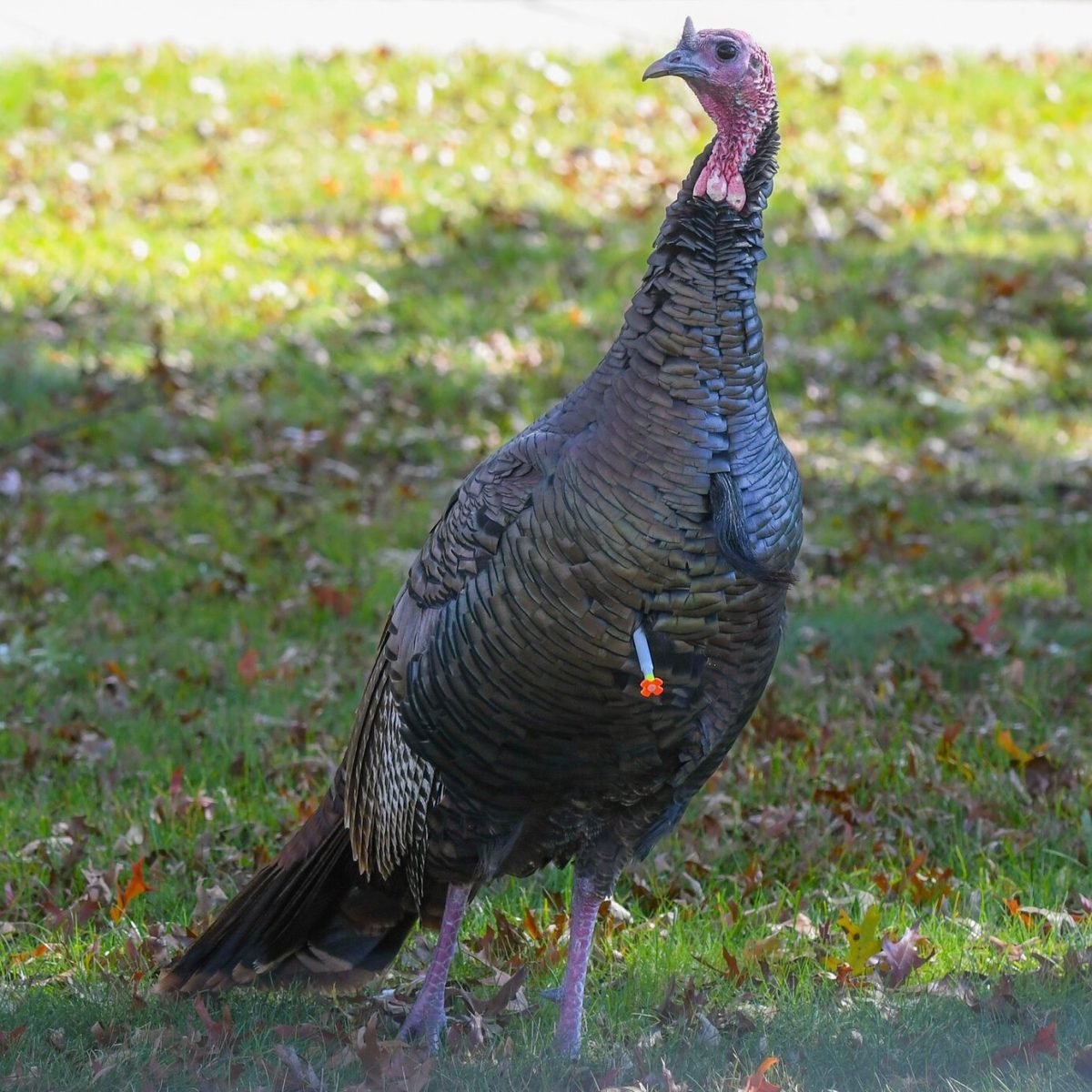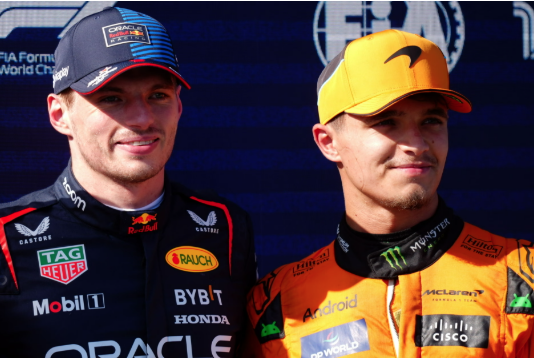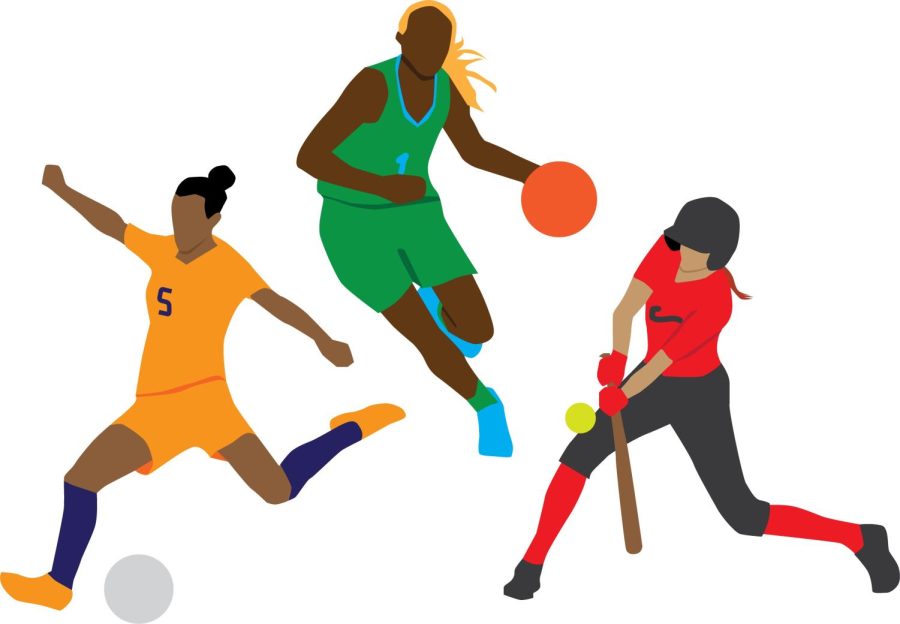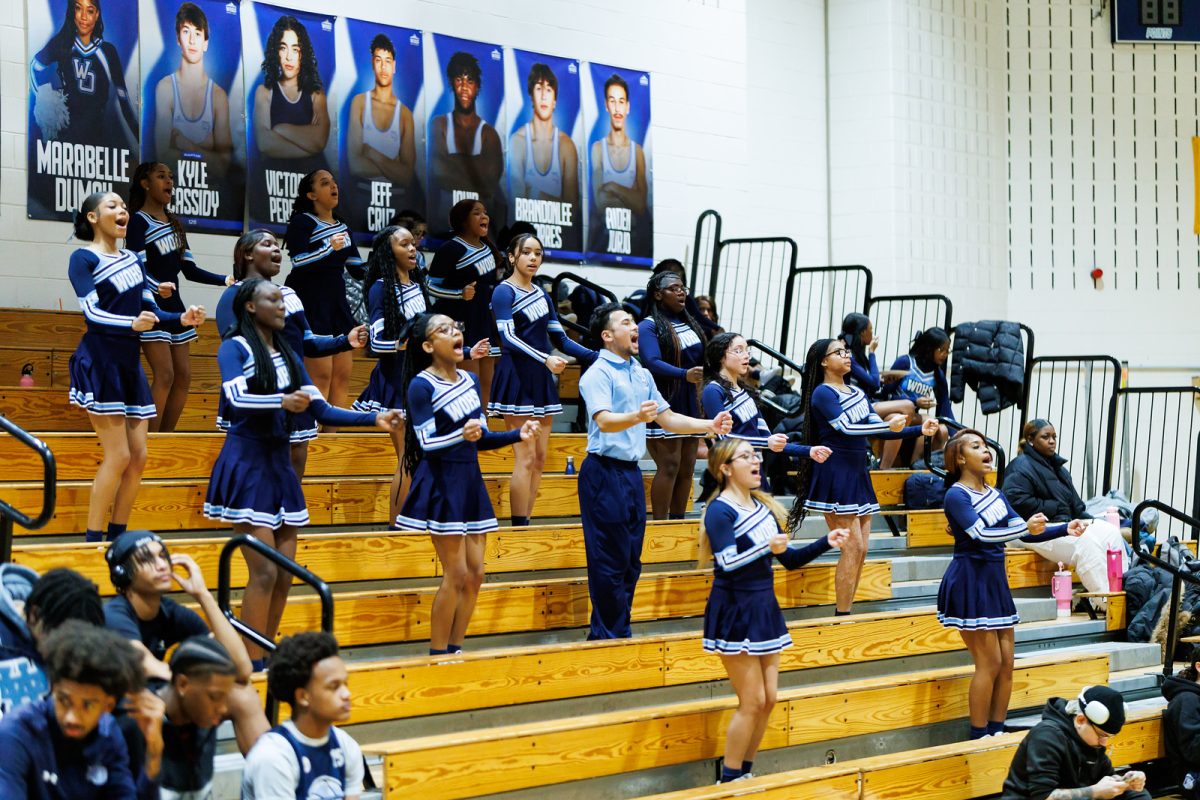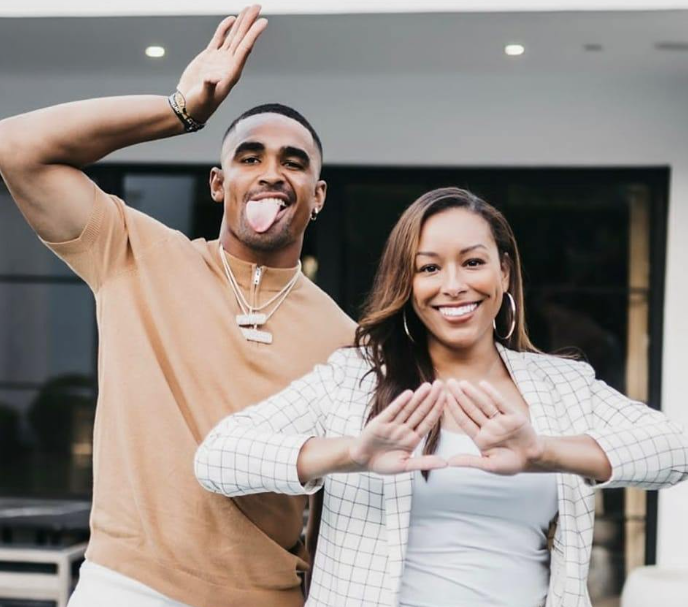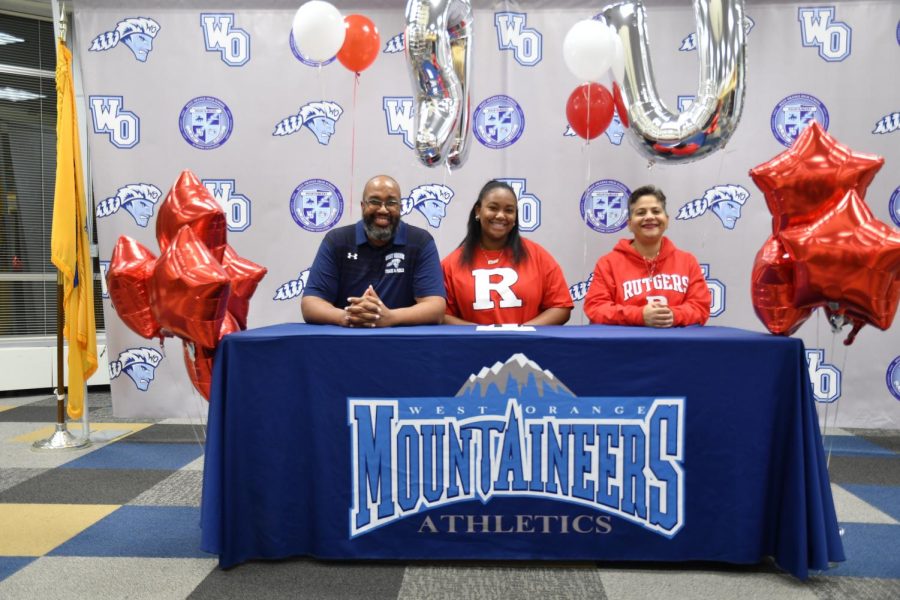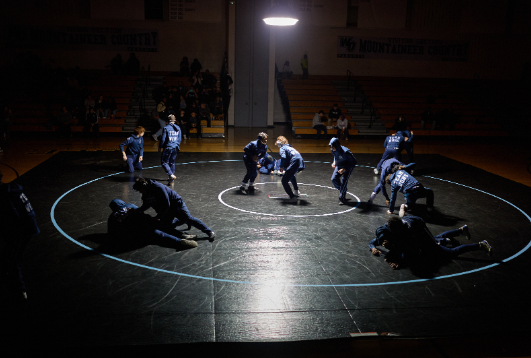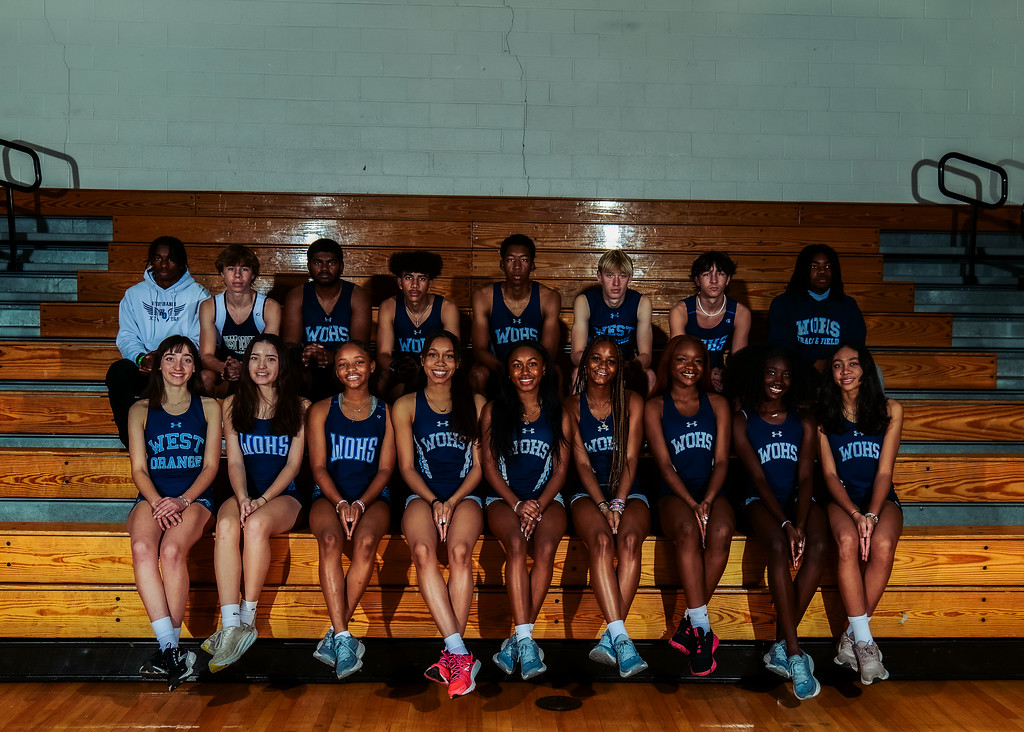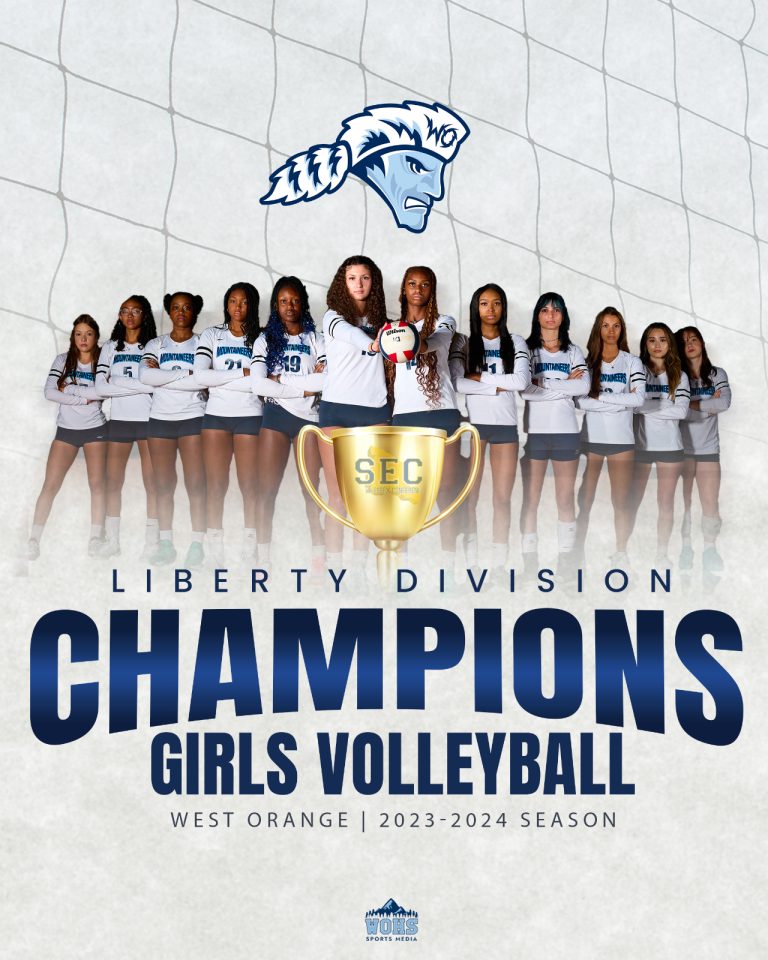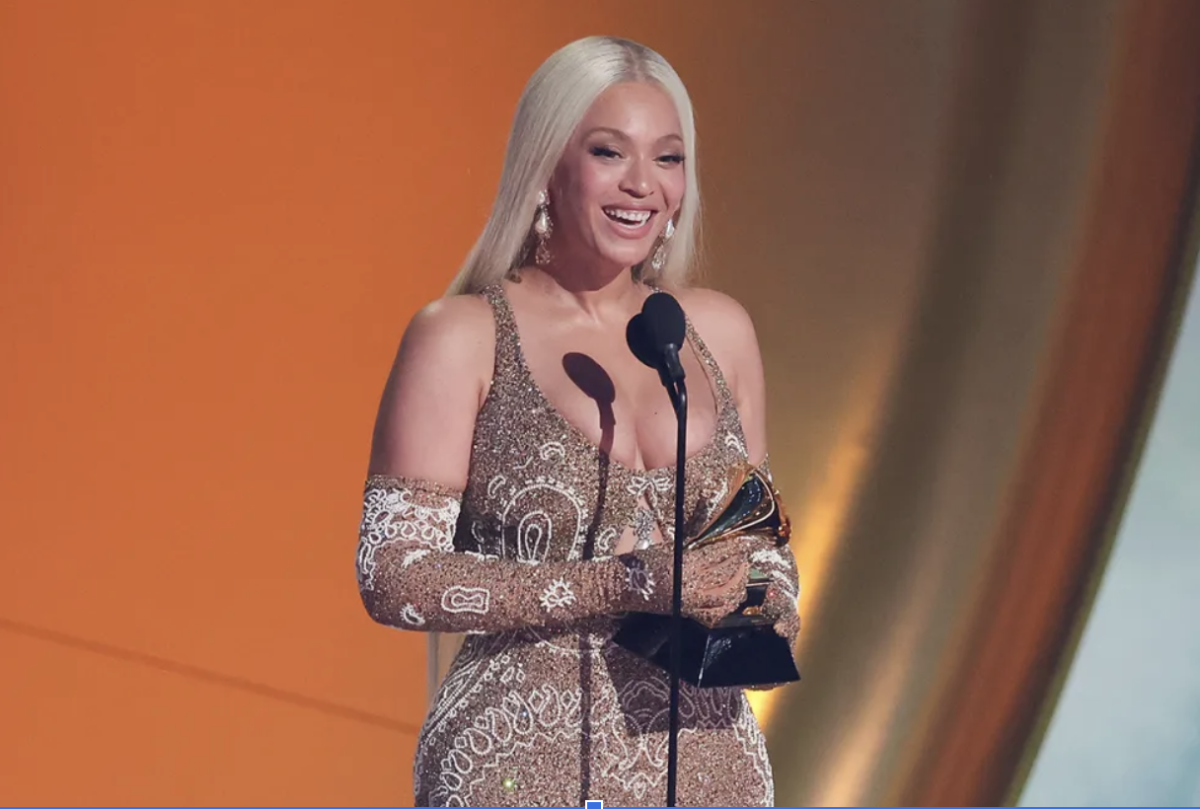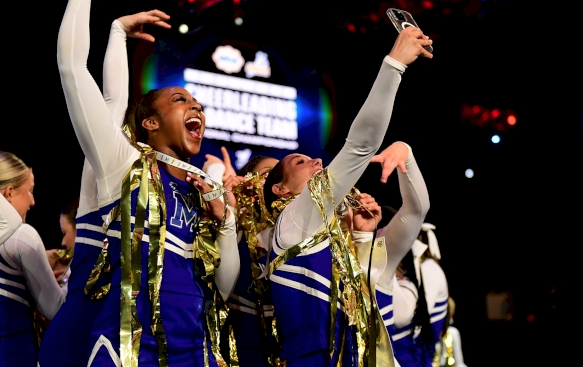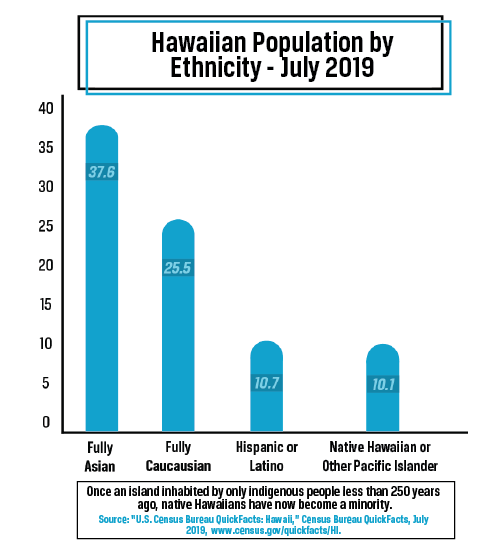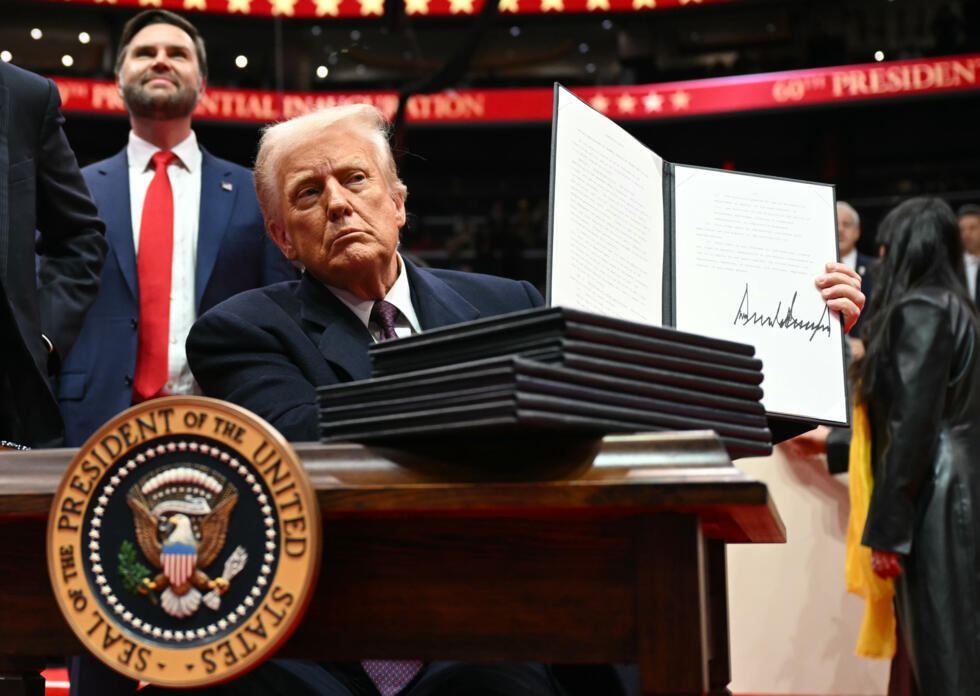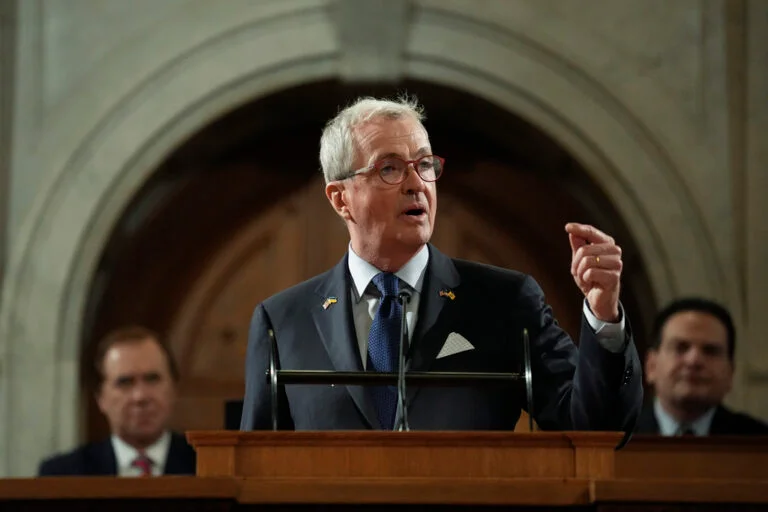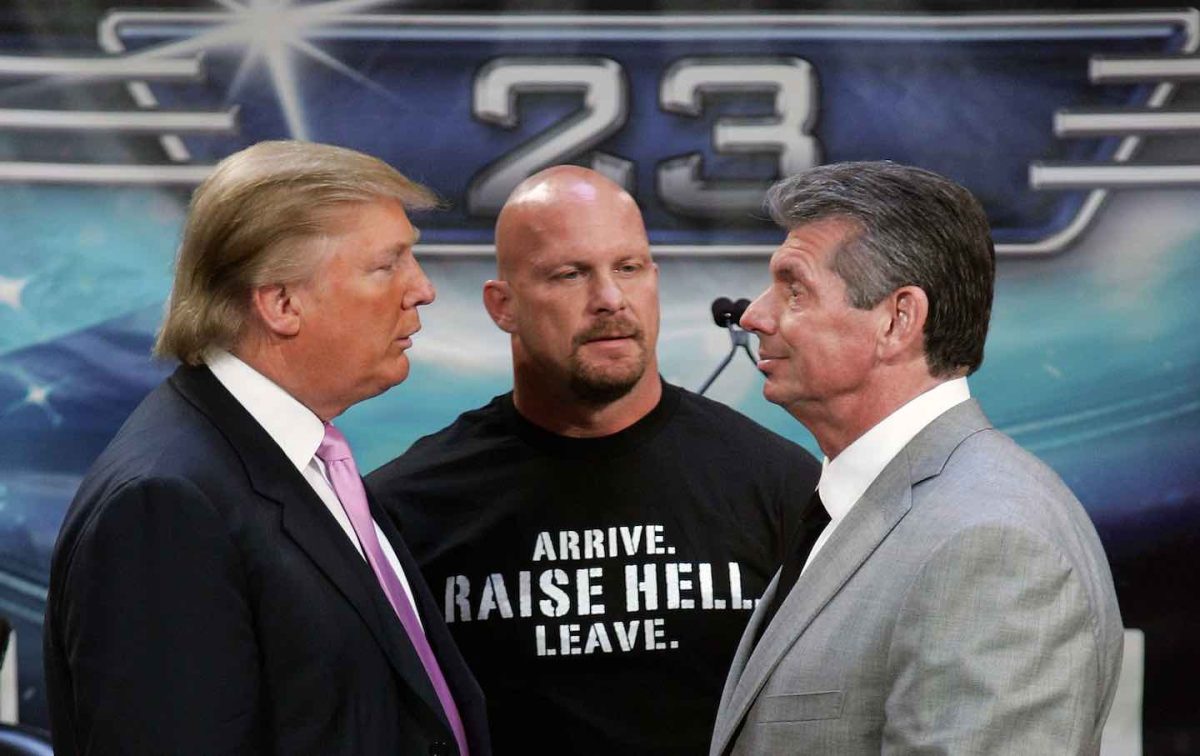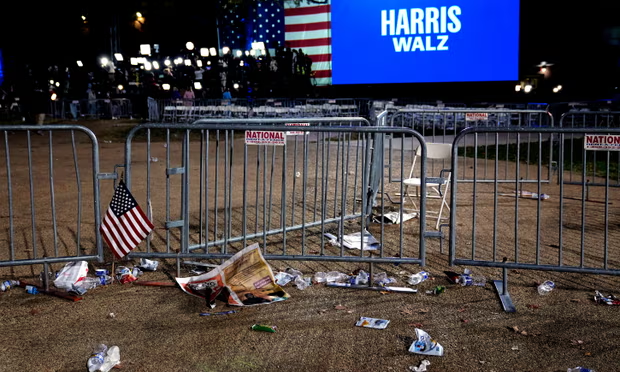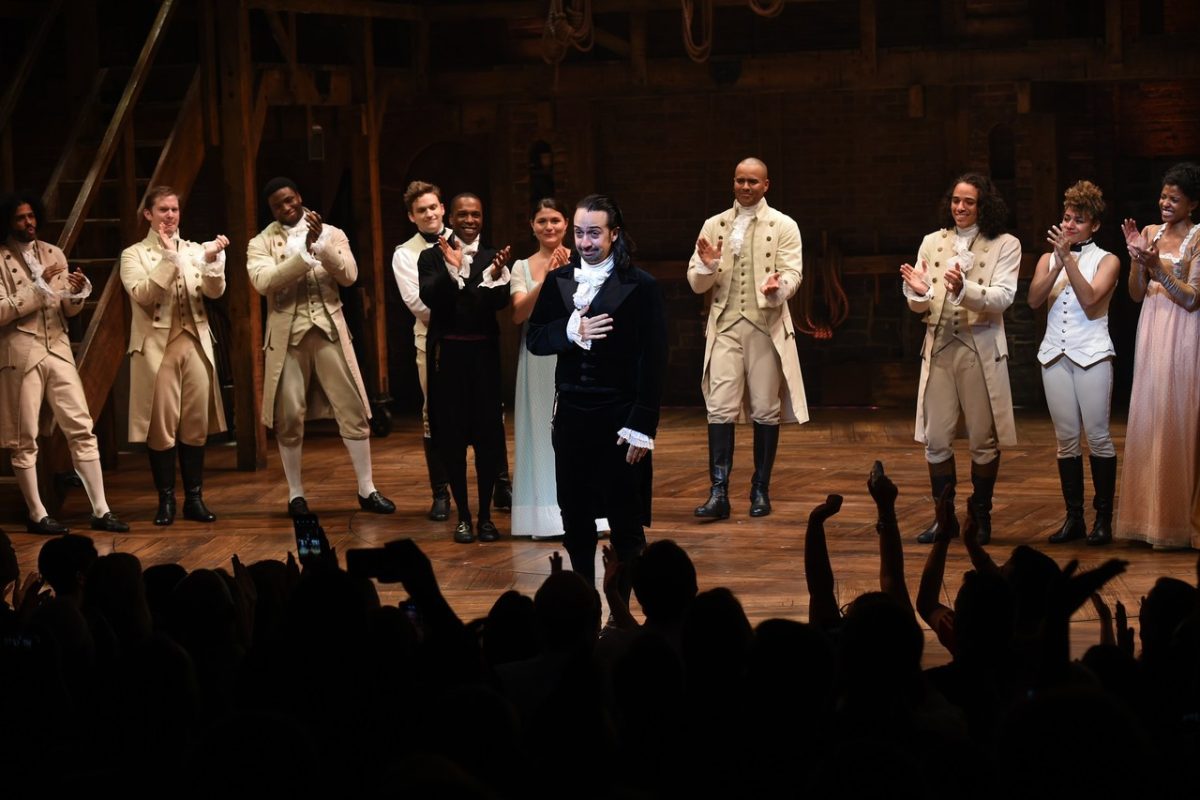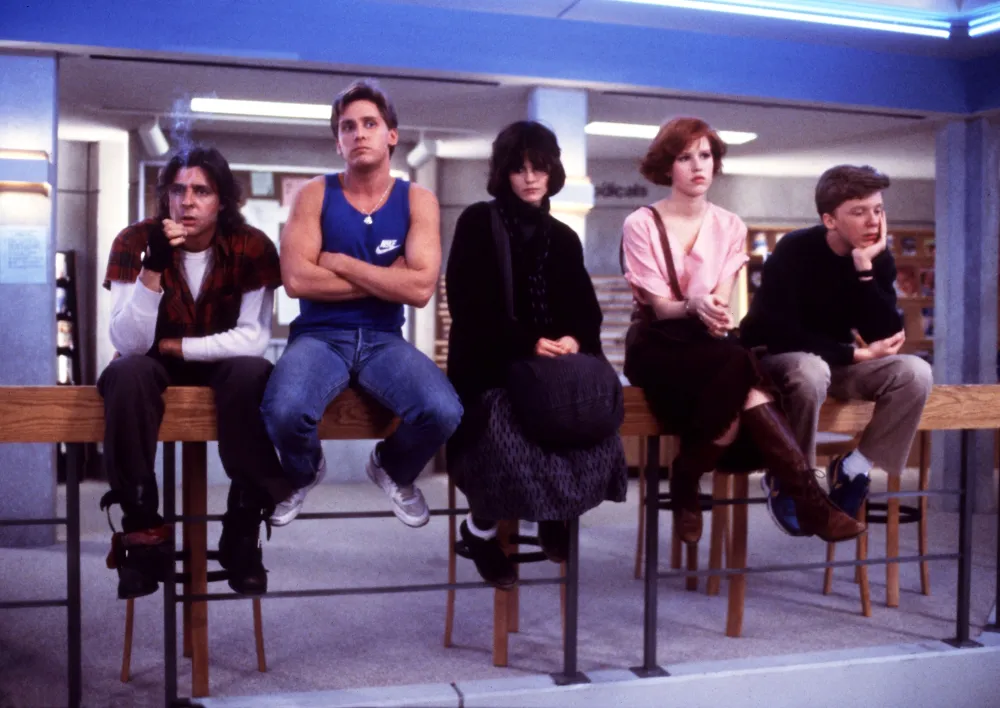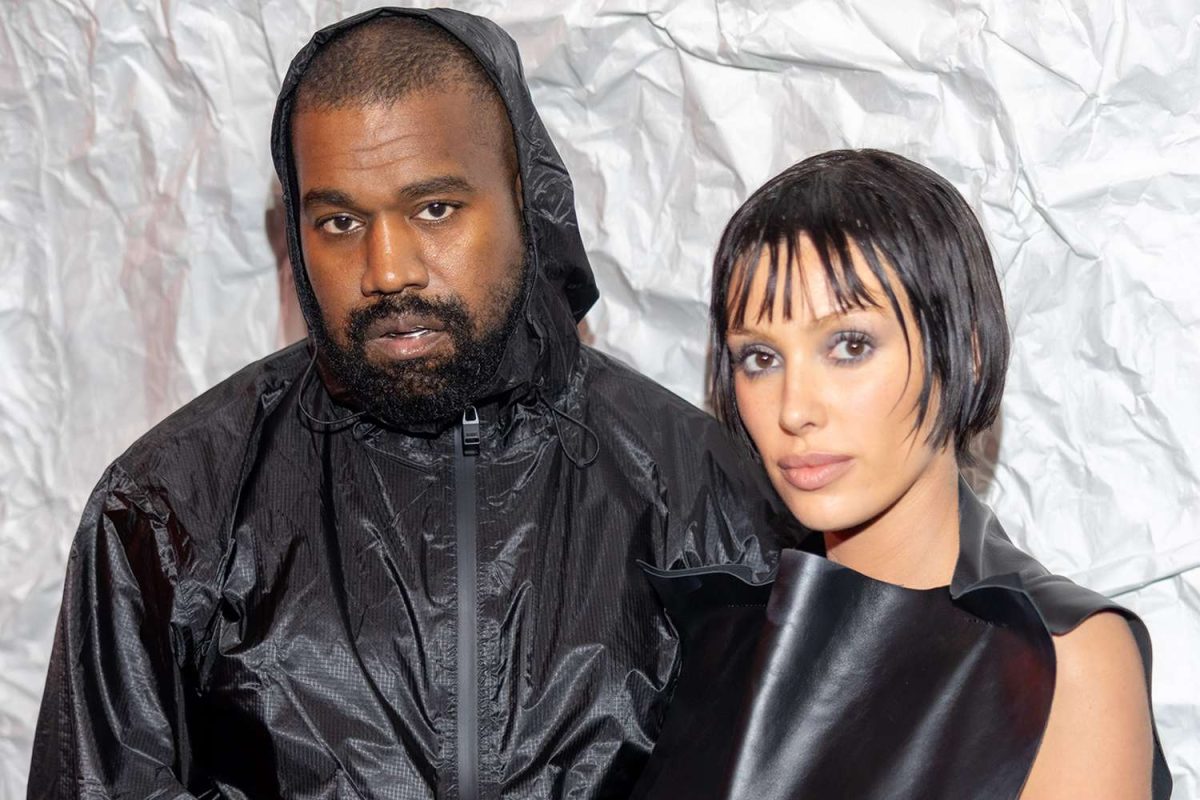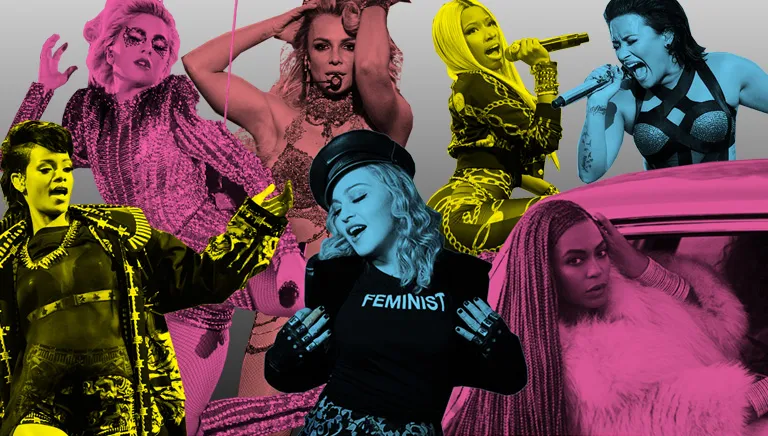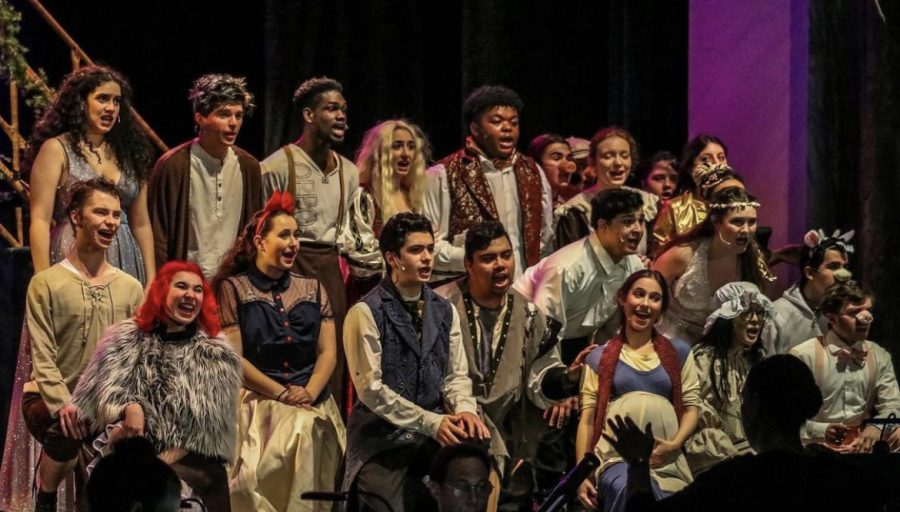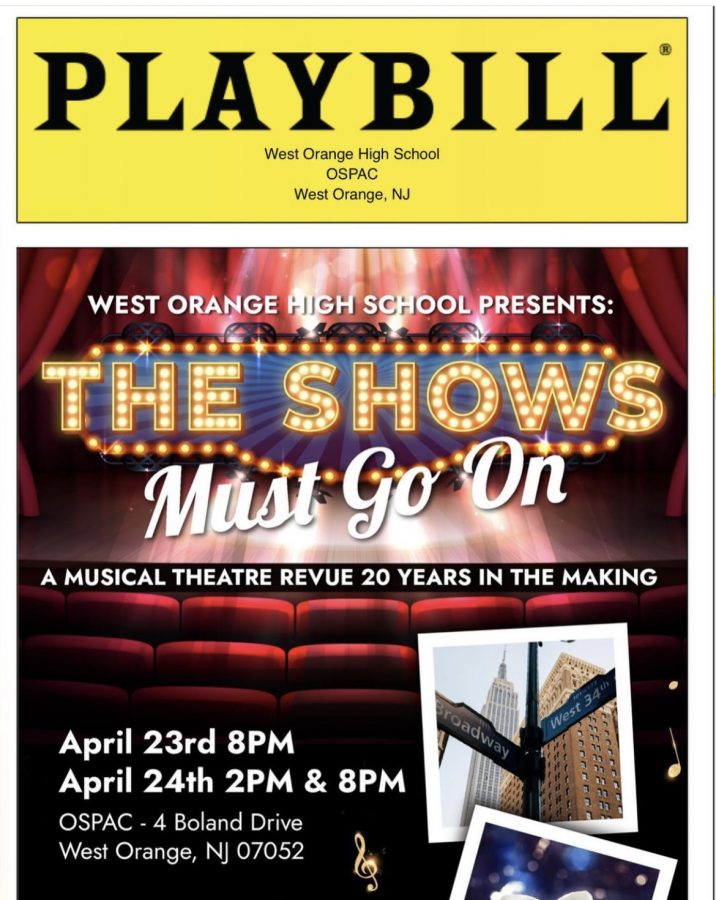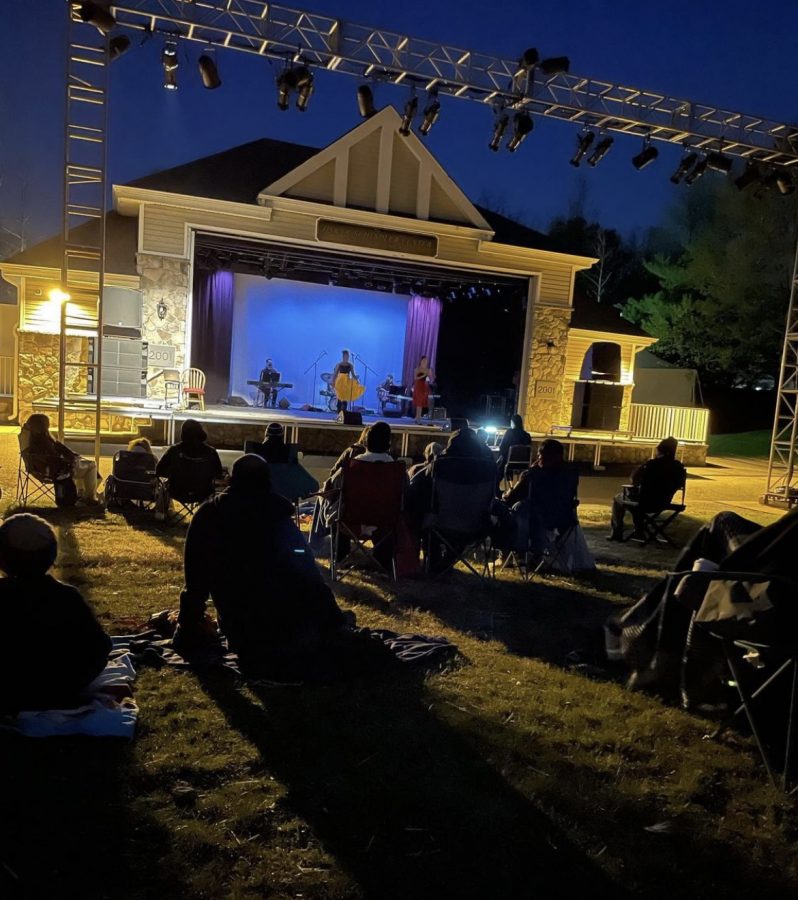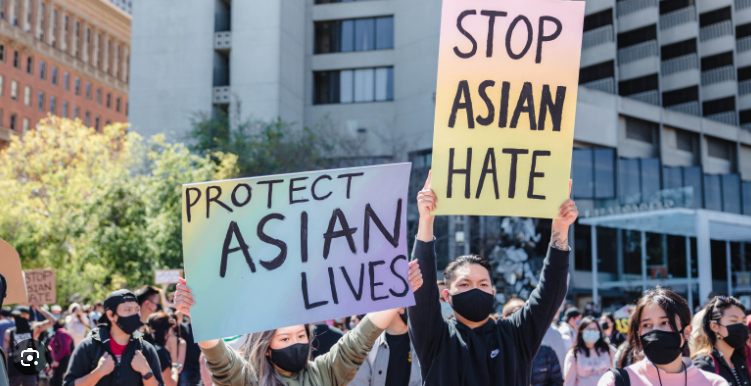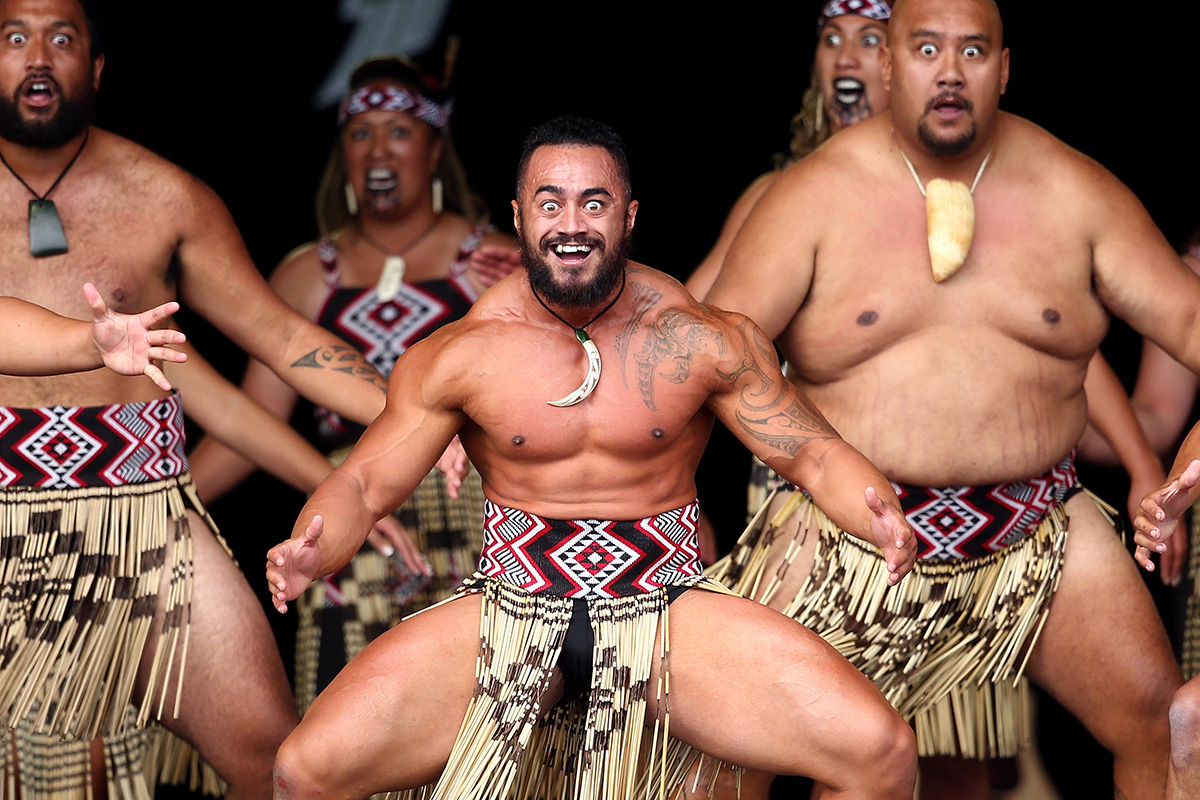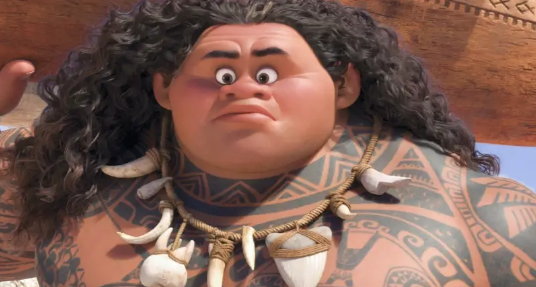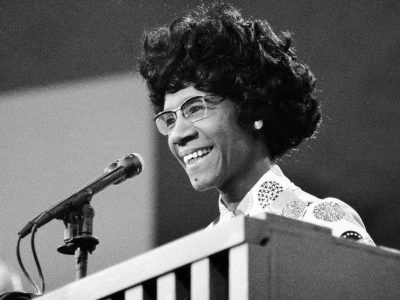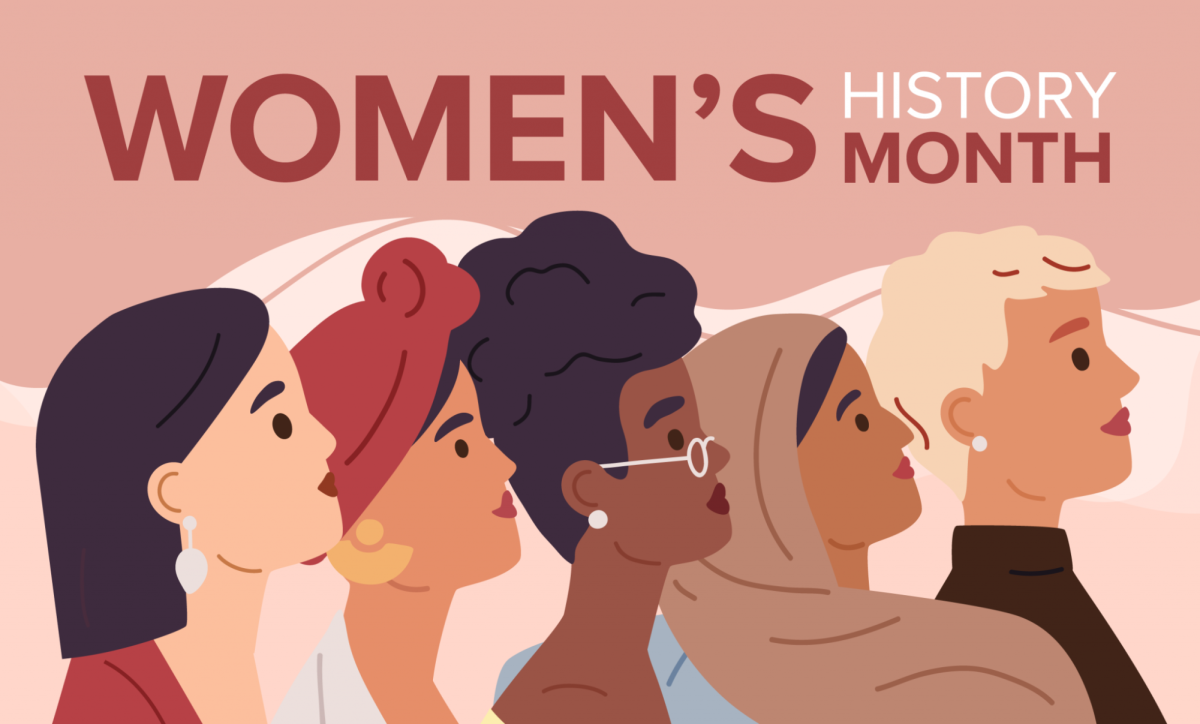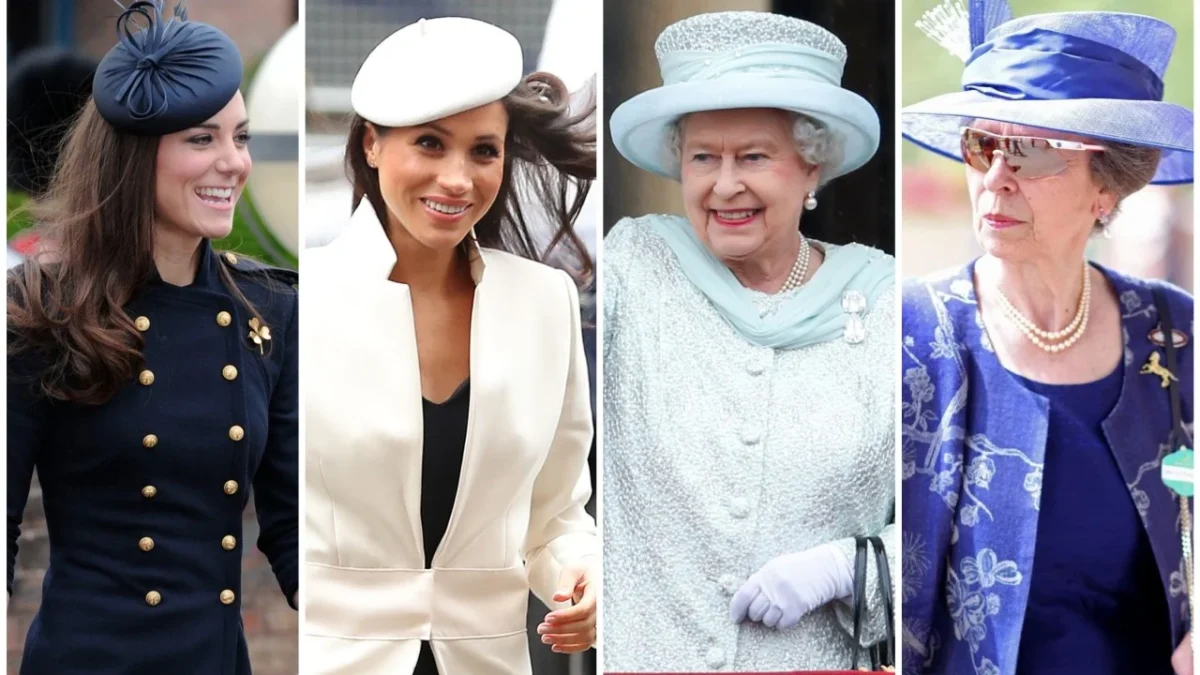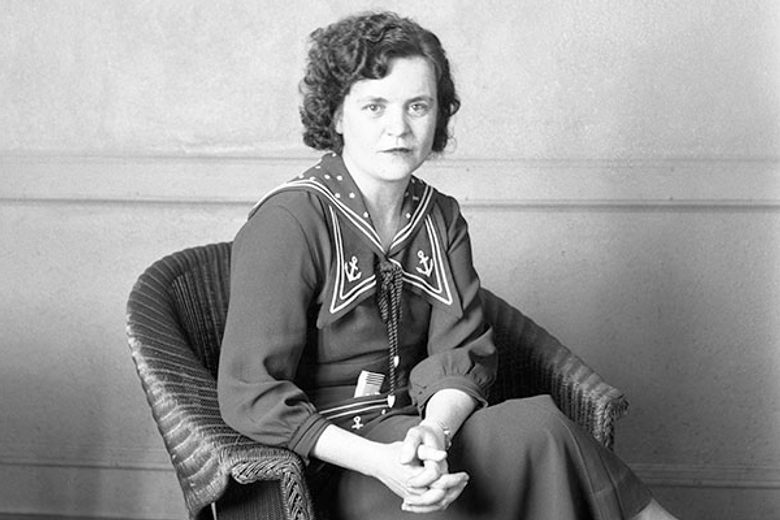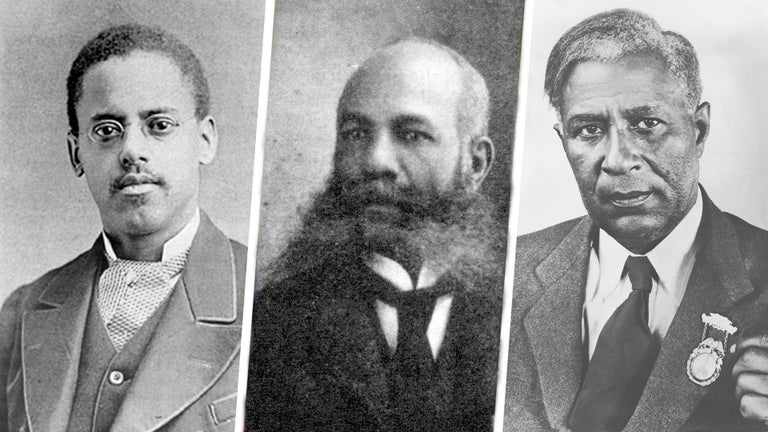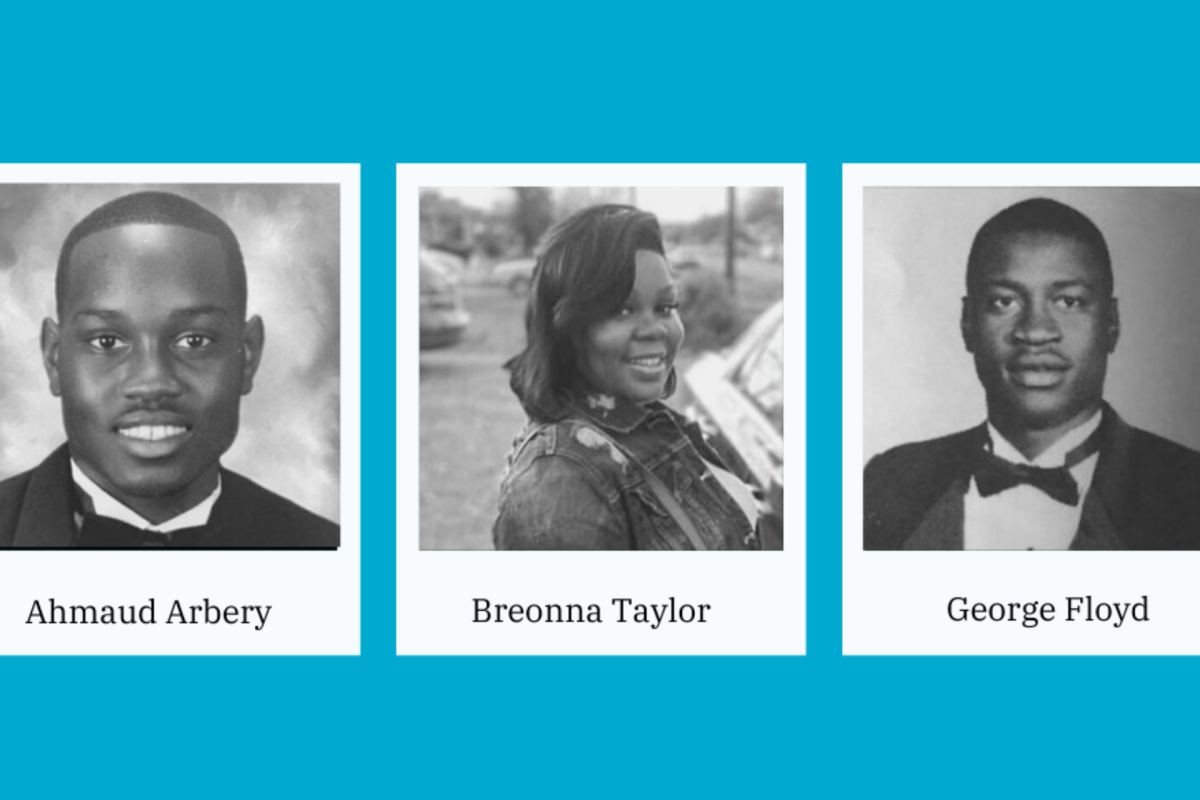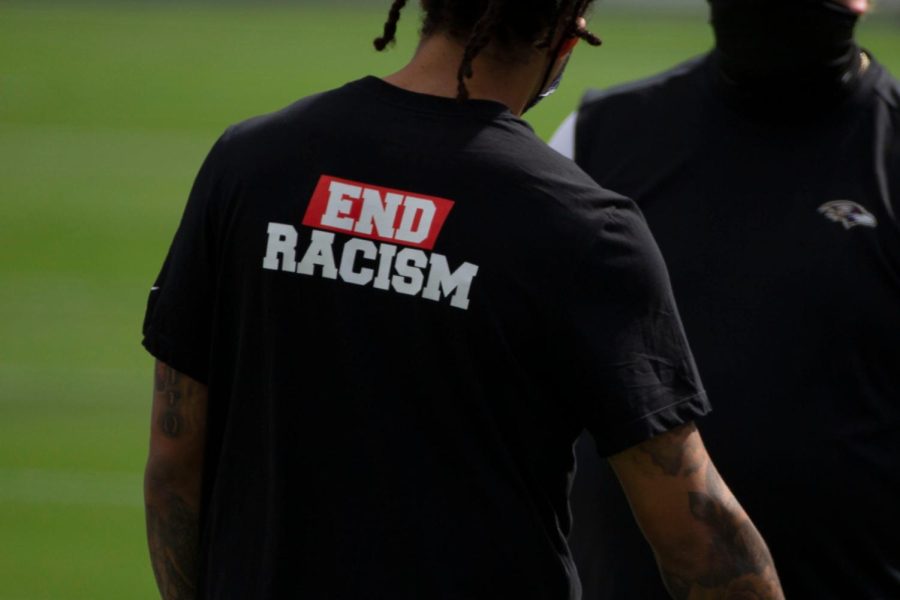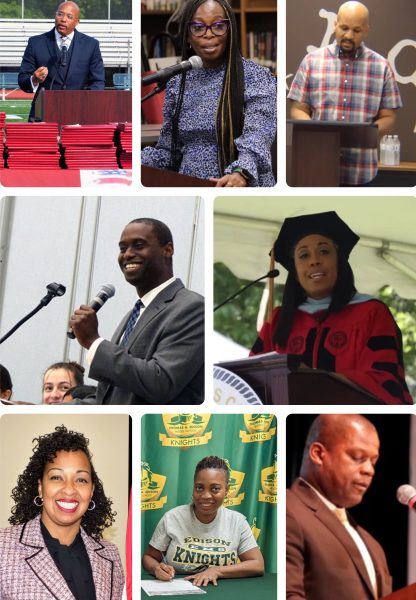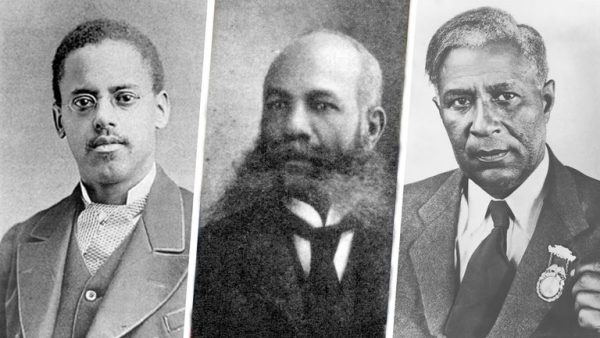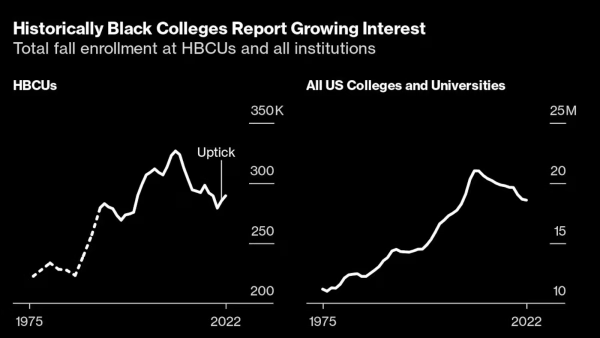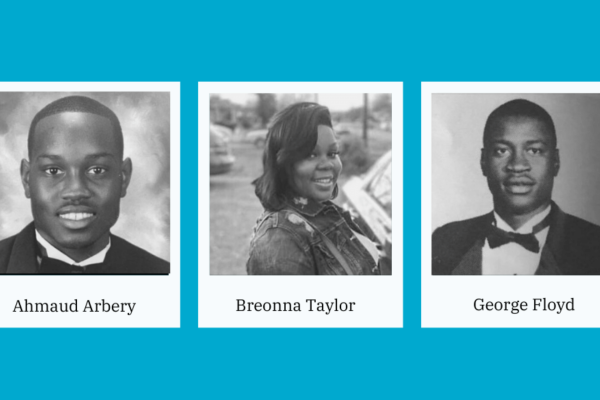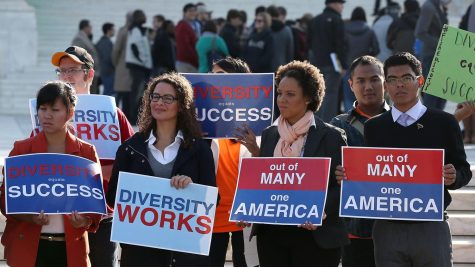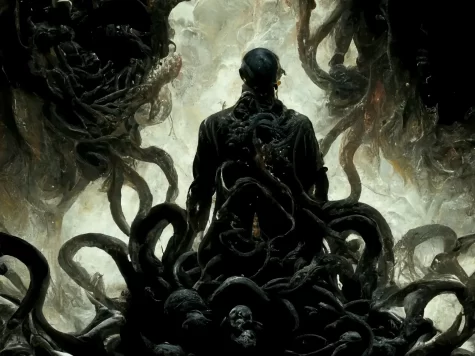Racial Disparities in Professional Sports
Football is the most culturally dominant sport in the history of the United States. Although baseball may be described as “America’s pastime,” the regular-season NFL games averaged 17.1 million viewers across television and digital platforms, according to ESPN.
Regardless of one’s personal interest in the sport, football is embedded into the fabric of American celebrations through Super Bowl parties, Friday night lights, and former NFL players like Tom Brady and Jerry Rice remaining en-vogue even after their retirement. The people’s GOAT, seven-time Super Bowl champion Tom Brady is undeniably the most dominant football player of all time, but what about the little guys?
Although they might be 200 pounds of pure muscle, there are 32 other starting players on a football team that work together to make the team win and do not always reach celebrity status. With nearly 70% of NFL players identifying as Black, they are often the players who go underpaid and unnoticed for their contributions to a team. Black players also make up the majority of the skill player or defensive back position.
A wild example of the racial divide in positions in the NFL is the story of Jason Sehorn, a starting white cornerback for the New York Giants in 2002 and Troy Apke, a starting white cornerback for the Washington Commanders in 2021. After Jason’s career in the league was over, there had not been another white cornerback starting in the NFL for 19 years.
It’s difficult to understand why this occurred, but it amazed NFL fans to think about the idea of a “Black” position, where the skillsets of white players could simply not meet the standards of their Black teammates and opponents. Also, 80% of defensive players are Black.
Conversely, the quarterback and kicker positions have continued to be mainly white. There were only ten starting Black quarterbacks in during the 2021-2022 season this year, six of which were in the top 15 of the NFL’s official QB Index Rating.
It is clear that Black quarterbacks do not lack talent, but instead may not have had the resources growing up to explore their talents in such an expensive sport. Some may argue that this disparity also exists because of the standards of a quarterback. They are traditionally expected to be the smartest players on the field that represent their team and organization. With long standing stereotypes describing Black men as dangerous, unintelligent, and even monstronous, coaches and staff may be unconsciously deterred from drafting a Black QB.
Furthermore, there have only been 5 Black placekickers in the history of the National Football League which further shows the great racial divides from position to position.
According to ESPN, the average annual spending for tackle football as a child is $484.57. This may seem low compared to the $2,582.74 cost for ice hockey or $1,170.09 for tennis, but for low income families, that is far too much. Especially as a player transitions into high school football the costs or training camps, school visits, and trainers may deter low-income families from continuing their child in the sport. In order to make it to college, the step before being drafted to the NFL, a player must have the connections to contact coaches, and a support system with the professional experience to appropriately navigate the recruitment process. These resources have been historically guarded from Black Americans, which creates an invisible wall stopping Black kids from pursuing a career in a sport they love.
There is an important connection between low-income families and Black families that must be understood to better grasp inequality in the NFL. According to the 2020 Census, “Blacks represented 13.2% of the total population in the United States, but 23.8% of the poverty population.”
The prices of each sport are indicative of the access some communities of color will have to them, and therefore defers Black athletes out of sports early or an entire sport. As expressed, ice hockey is the most expensive sport for a child to play. As a result, there are only 26 Black players out of 700 players in the NFL. To be even more specific, there are only 6 Black-American players compared to the 20 Canadians.
The economic divide in sports costs results in a lack of diversity in professional leagues and hinders Black players ability to be supported and recognized for their athletic gifts.
